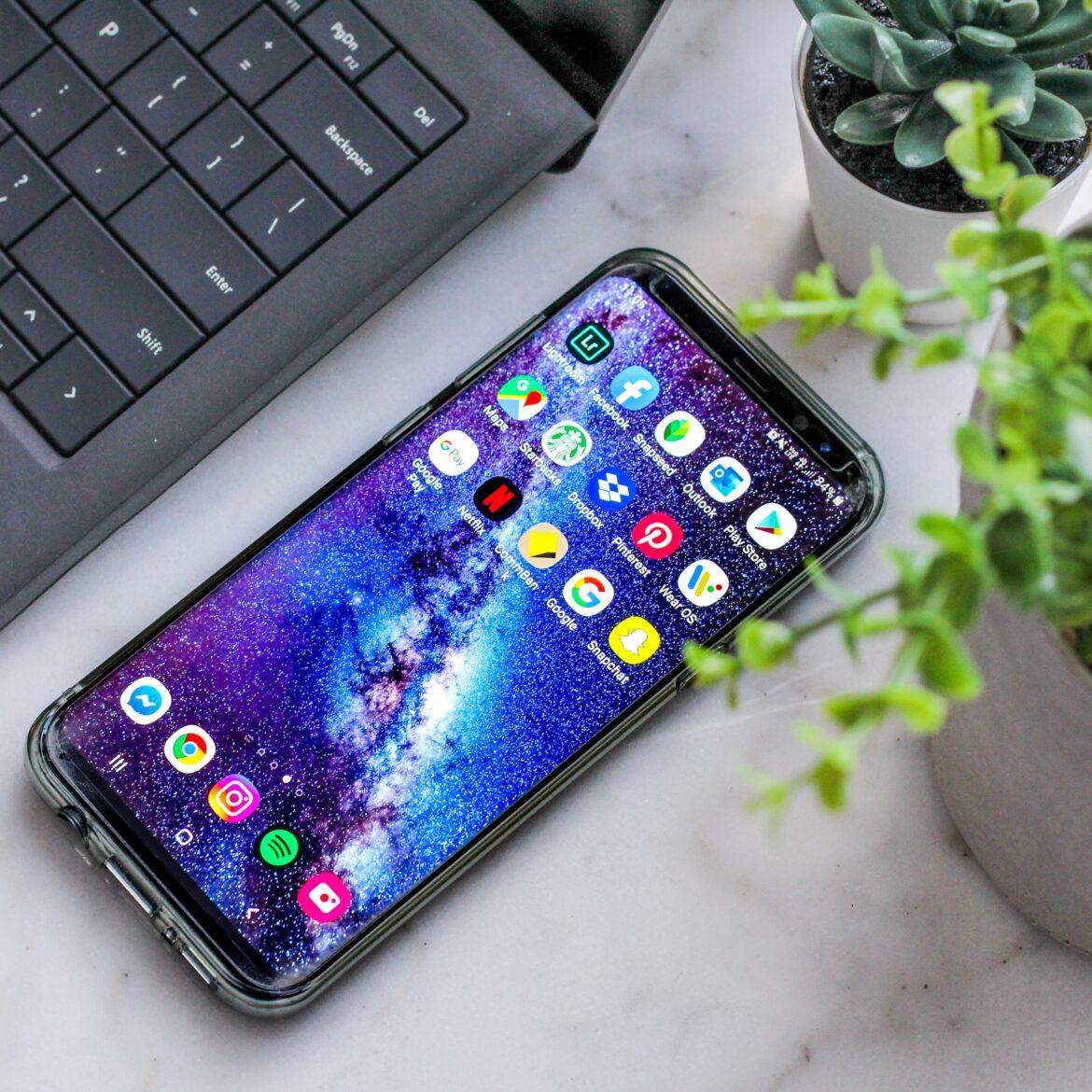Did this holiday season leave you with an Android device in your hands? If so, you’re not the only one. “Between them, Android and iOS accounted for 99.6 percent of all smartphone sales in the fourth quarter of 2016,” says James Vincent (Gartner as cited in The Verge). “Of the 432 million smartphones sold in the last quarter [2016], 352 million ran Android (81.7 percent) and 77 million ran iOS (17.9 percent).”According to Google, as cited by MacRumors, over two billion Android devices are in use around the world.
Unfortunately, more Android devices means more opportunities for malware and hacking. Join me as we explore some of the apps that can protect you from malware, hackers, and intrusion. Don’t be afraid to pass these tips to your children/students as they begin to explore the wild, wild world of Android. After all, Bring Your Own Device (BYOD/BYOT) initiatives are ever-increasing in schools.
Note: One handy app that I used to get a list of all the apps on my Android phone is List My Apps. This app makes it simple to get your Android app list emailed to you with links.
#1- Anti-Malware Tool
While there are many anti-malware tools in the Google Play store, not all are safe. For example, some anti-malware tools may masquerade as helpful tools to capture your sensitive data. With an Android device, just like the Windows operating system, you may put yourself at risk without anti-malware tools. Tom’s Guide provides a list of tools.
My favorite one, though, is BitDefender Mobile Security for $15 a year. The app offers a host of features, making sure you don’t let malware install itself or hitch a ride on existing apps. You can lock individual apps to prevent others from opening them; useful if you lose your phone while it is unlocked. This is quite important, especially if you decide to take foolish advantage of third party apps (e.g. GetJar) not approved in the Google Play store.
Did You Know?
If you lose your phone, you can use Android’s Find My Device feature to locate it via GPS or remotely wipe the information on it. Wow! To turn that on, go to your phone’s Settings, then Google then Security. If you have not done so already, make sure to get the Find My Device app. Setup is a snap.
#2- Protecting Your Camera and Microphone Access
Did you know that the camera and microphone on your device can be activated remotely? Worse, once activated, you can be spied upon.
Researchers have discovered a design flaw in Android that can be used to remotely capture screenshots or record audio… without the user’s knowledge or consent. (Source)
Two apps that I use on my Android phone to protect against this include Camera Blocker and Microphone Block Free. Each offers a free version that will allow you to flip the ON/OFF switch on your camera or microphone. You can turn these off when you need to snap a picture or answer your phone.
#3- Prevent Robo Spam Calls
Finding yourself receiving an unending stream of robocalls and spam? Give Hiya a try. It features “spam detection and call blocking capabilities.” These help you “avoid unwanted and dangerous calls.” This app has blocked countless calls to my mobile phone. On Android, Hiya pops up with caller ID to let me know who is calling. This allows me to decide if I want to waste my time responding. For phone numbers not in the Hiya database, I have the option of adding new numbers.
Hiya Call Block Security identifies the calls you want to take and blocks the numbers and texts you want to avoid. Hiya is free (no ads!), and is incredibly easy to use. It offers the ability to block calls, blacklist unwanted phone numbers and SMS text messages, reverse phone search incoming call information, and receive spam alerts.
The best way to win an argument with a telemarketer or spammer is to avoid it. Younger phone users may not know how to say “no.” Get them Hiya so they can avoid a data-compromising conversation.
#4 – Virtual Private Network (VPN)
If you are using public WiFi, make sure to get a virtual private network (VPN) solution. You can find a great overview of why you should use a VPN over at Pixel Privacy. Here’s why a VPN is such a great idea:
A laptop and mobile device user visits her favorite coffee shop, connecting to the free Wi-Fi hotspot to access the internet. She uses the unprotected hotspot to pay bills, do her banking and shop on Amazon. Meanwhile, a quiet young man sits in the corner, sipping his latte and monitoring her internet connection, stealing valuable personal and business information.
Packet sniffing happens all the time. Use a free solution like Opera VPN or a subscription service like Private Internet Access (PIA).
#5- Password Manager
Keeping track of a million passwords can be quite a hassle. Two tools I have found helpful include Secure Space Encryptor (SSE) and/or KeePassDroid. Both work on your mobile phone. You can keep track of your usernames and generate more complex passwords than “password” or “dragon.”
In future Android-related blog entries, we’ll take a look at additional tools you can use to safeguard your data.

